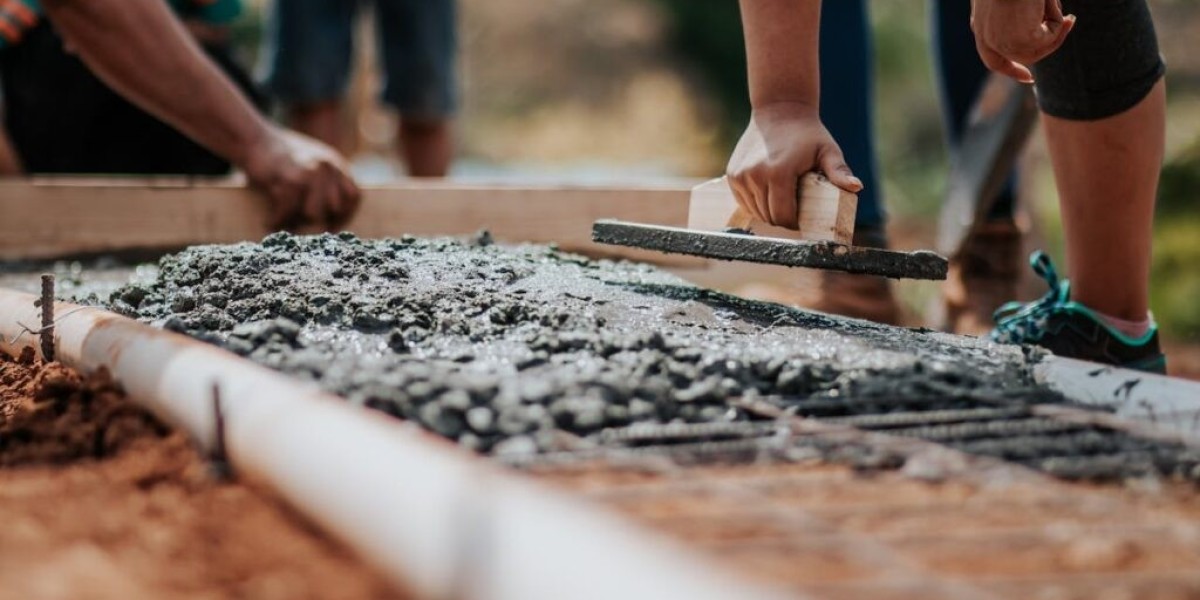A well-maintained sidewalk not only enhances the curb appeal of your property but also ensures the safety of pedestrians. Whether you're a homeowner looking to upgrade your walkway or a business owner responsible for maintaining the city sidewalk adjacent to your property, understanding the factors influencing concrete sidewalk cost is crucial. This comprehensive guide will delve into the intricacies of pricing, regulations, and best practices for city sidewalk construction in the USA.
Understanding the Factors Affecting Concrete Sidewalk Cost
Several elements contribute to the overall concrete sidewalk cost.
It's essential to be aware of these factors to accurately budget and avoid surprises during the construction process.
Location, Location, Location: Construction costs vary significantly across different regions in the USA. Metropolitan areas with higher labor costs and material expenses will generally have pricier sidewalk projects compared to rural areas. Local prevailing wages, accessibility of materials, and permit fees all play a role.
Size and Scope of the Project: The most obvious cost driver is the size of the sidewalk. Larger projects requiring more materials, labor, and potentially specialized equipment will naturally be more expensive. This includes the length, width, and thickness of the sidewalk. A simple, straight walkway will cost less than a complex design with curves, patterns, or multiple sections.
Materials Used: While concrete is the primary material, the type and quality of concrete mix can influence the cost. Special admixtures for enhanced durability, color, or strength can add to the expense. Additionally, if the project involves decorative elements like stamped concrete or pavers, the material costs will increase.
Site Preparation: Before pouring the concrete, the site needs to be properly prepared. This may involve excavation, removal of existing structures (like old sidewalks or landscaping), grading, and compacting the subgrade. If the existing soil is unstable or requires significant modification, this can add to the cost. Similarly, dealing with tree roots, underground utilities, or drainage issues will require additional effort and expense.
Labor Costs: Labor is a significant portion of the overall cost. This includes the wages for the concrete finishers, laborers, and other skilled workers involved in the project. Labor costs vary depending on the region and the complexity of the job.
Permits and Inspections: Most municipalities require permits for sidewalk construction. These permits come with fees, which can vary depending on the location and the scope of the project. Inspections are also typically required to ensure the work complies with local building codes and regulations. Failing to obtain the necessary permits can result in fines and delays.
Accessibility Requirements: The Americans with Disabilities Act (ADA) sets specific guidelines for sidewalk accessibility. This includes requirements for slope, cross slope, width, and detectable warnings for visually impaired individuals. Meeting these ADA requirements can influence the design and construction process, potentially adding to the cost.
Finishing and Detailing: The finishing touches can also impact the cost. Simple broom finishes are generally less expensive than more elaborate finishes like exposed aggregate, stamped concrete, or colored concrete. Adding control joints, expansion joints, and sealant also contributes to the overall expense.
Removal and Disposal: If the project involves removing an existing sidewalk, the cost of demolition, debris removal, and disposal needs to be factored in. Disposing of concrete requires specialized handling and can be a significant expense.
Understanding City Sidewalk Responsibilities
In many areas, homeowners are responsible for maintaining the sidewalk adjacent to their property, even though it's technically within the public right-of-way. This often includes repairing cracks, removing snow and ice, and ensuring the sidewalk is safe for pedestrian use. Local ordinances typically outline these responsibilities, and failing to maintain the sidewalk can result in fines or liability in case of accidents. It's crucial to check with your local municipality to understand the specific regulations in your area.
Getting Accurate Concrete Sidewalk Cost Estimates
The best way to determine the concrete sidewalk cost for your specific project is to obtain quotes from multiple reputable contractors. When requesting quotes, be sure to provide detailed information about the project, including:
- Dimensions of the sidewalk: Length, width, and thickness.
- Location of the project: Address and any access restrictions.
- Type of concrete: Standard mix or specialized mix.
- Desired finish: Broom finish, stamped concrete, etc.
- Site conditions: Existing structures, landscaping, soil type.
- Permitting requirements: Whether you will handle permits or if you want the contractor to include it.
A qualified contractor will visit the site to assess the project and provide a detailed written estimate. Be sure to compare quotes from several contractors, but don't just focus on the lowest price. Consider the contractor's experience, reputation, and insurance coverage. Checking online reviews and asking for references can help you choose a reliable contractor.
Tips for Saving on Concrete Sidewalk Costs
While quality should never be compromised, there are some ways to potentially save on concrete sidewalk costs:
- Keep the design simple: Straight walkways are generally less expensive than complex designs.
- Use a standard concrete mix: Avoid specialized admixtures unless they are absolutely necessary.
- Choose a basic finish: Broom finishes are more affordable than decorative finishes.
- Handle some of the site preparation yourself: If you're comfortable with basic excavation and grading, you can potentially save on labor costs.
- Get multiple quotes: Comparing quotes from different contractors can help you find the best price.
- Schedule the project during the off-season: Contractors may offer discounts during slower periods.
The Importance of Professional Concrete Installation
While DIY concrete projects might seem tempting to save money, hiring a professional concrete contractor is highly recommended. Experienced contractors have the expertise, equipment, and knowledge to ensure the project is done correctly and meets all local codes and regulations. A poorly installed sidewalk can lead to cracks, settling, and other problems, ultimately costing you more money in the long run.
Conclusion
Understanding the factors influencing concrete sidewalk cost is essential for any homeowner or business owner planning a sidewalk project. By carefully considering the size and scope of the project, materials used, site conditions, and labor costs, you can develop a realistic budget. Obtaining multiple quotes from reputable contractors and understanding local regulations will help you make informed decisions and ensure a successful project. Remember, a well-maintained sidewalk not only enhances the beauty of your property but also contributes to the safety and well-being of your community. Whether you're dealing with a simple residential walkway or the complexities of a city sidewalk, careful planning and execution are key to a successful and cost-effective project. For professional assistance with your concrete sidewalk needs, contact a reputable contractor in your area.









